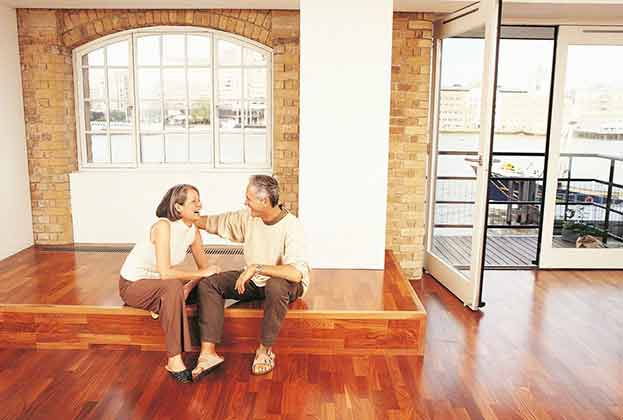The senior housing market has strong potential to grow further in Europe, in terms of number, quality, concepts and range of services
As an asset class, senior housing is an increasingly strategic investment opportunity. Institutional investors still have a weight of money which they need to place and prime investment opportunities in the traditional property sectors are becoming rare and competitively priced. Since property investment is currently mostly income return driven, an increasing number of investors seek assets with potential for secured long term income growth such as senior housing. Both long term trend demographics and changing elderly living habits support the appeal of the sector.
Germany, France, the UK, Italy, and Poland offer the best opportunity for the senior housing demand to expand
Savills Research
Based on demographics change potential, the maturity of housing markets, private wealth of the elderly population and government old-age pension levels, Germany, France, the UK, Italy and Poland offer the best opportunity for the senior housing demand to expand.
Nevertheless, no European country will escape from an ageing society. Depending on investors and operators strategies, notably in terms of scale, concept and quality range, other countries should be considered. In the future, increasing mobility will be a game-changer. It would be no surprise to see the next elderly generations willing to live their post-retirement age abroad, closer to their relatives, in a sunnier or cooler country or in a country where the cost of living is lower than in their home country.
Overall in Europe, the senior housing model remains relatively unknown. Hence, some elderly people show some resistance towards this type of property that they often assimilate to care home. Operators have an important role to market the concept. This may vary depending upon cultural differences and may mean longer leasing up periods of new projects as the local market understands and accepts the concept.
In the long term, the major challenge will be to improve access to quality senior housing facilities for the elderly population at an affordable cost
Savills Research
In the long term, the major challenge will be to improve access to quality senior housing facilities for the elderly population at an affordable cost. In 2060 there will be two workers for one pensioner in Europe against four workers for one pensioner today. The increasing number of old-age pension beneficiaries, the growing healthcare prices and the high level of indebtedness of some European governments following the global financial, all suggest less revenue coming into central governments to fund state pensions.
This means that elderly people will increasingly have to rely on out of pocket money to be able to rent an accommodation in a senior housing residence. The baby boomers have been relatively preserved from crisis and unemployment whereas following generations went through several periods of low economic growth, tough labour market and frozen salaries. Hence, their purchasing power in their later life is likely to be lower than that of today’s elderly population.
The ageing population and the increasing dependency ratio pose severe challenges to policymakers. Some have already found ways to somehow ease their financial issue. This is notably the case in the Netherlands, where dependent seniors are given the option of receiving a 'care budget' to pay for their own services in lieu of an institutional bed, which cost two-thirds of what the state would have paid for nursing home care. Such an evolution added to the fact that technology is now providing goods, services and in-home adaptations which allow for older people to stay in their homes safely, could restrain the success of the senior housing model in the midterm.
Read the articles within European Senior Housing below.
.jpg)
.jpg)
.jpg)

